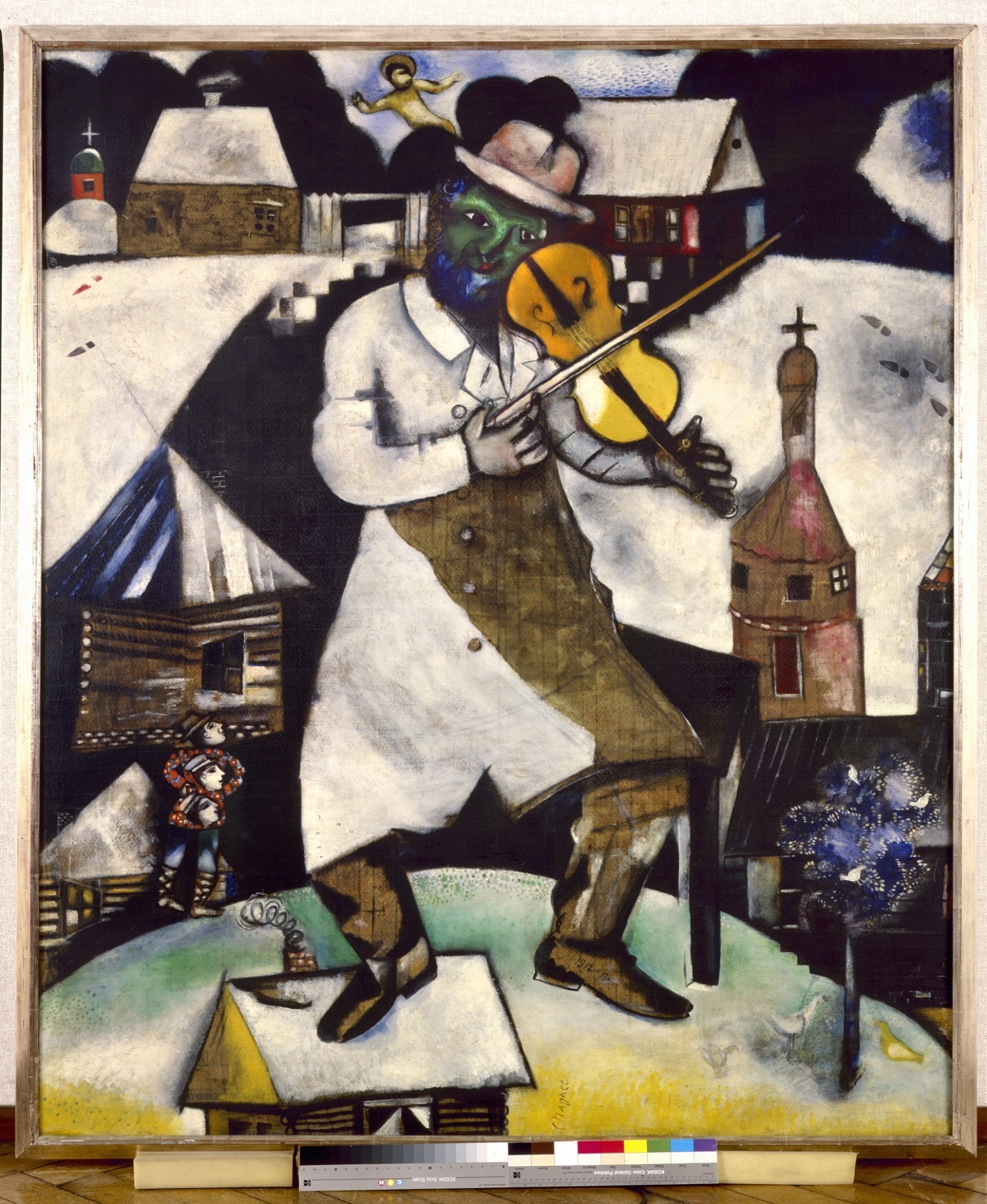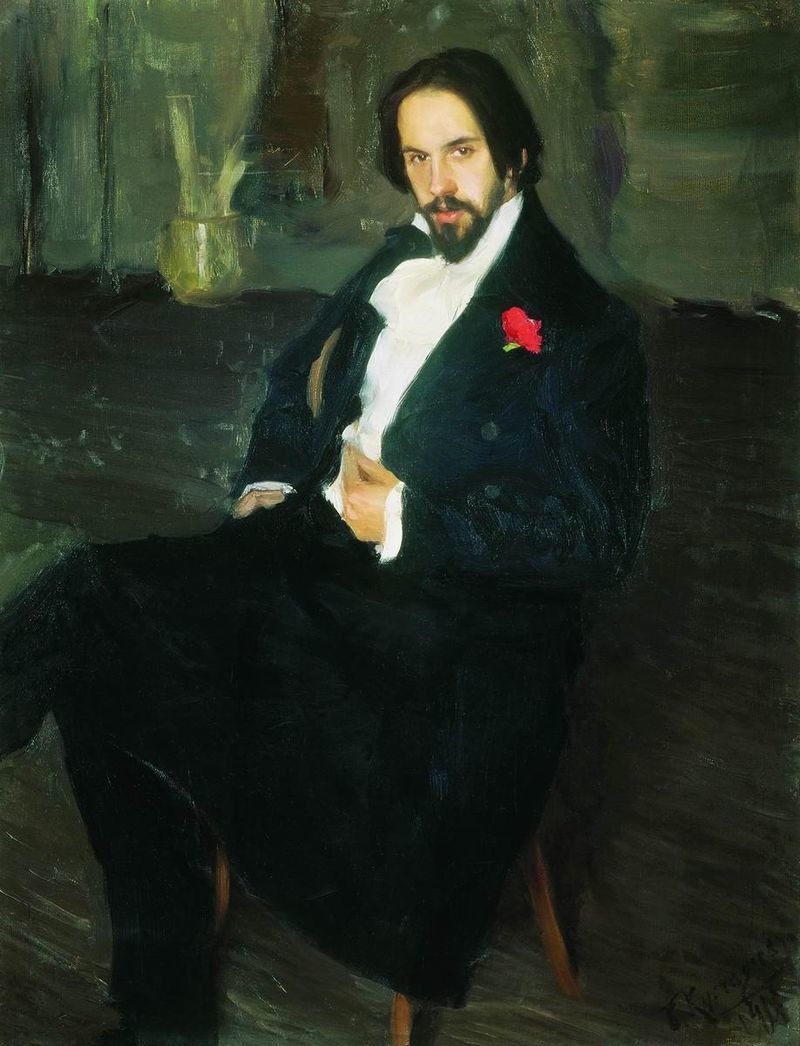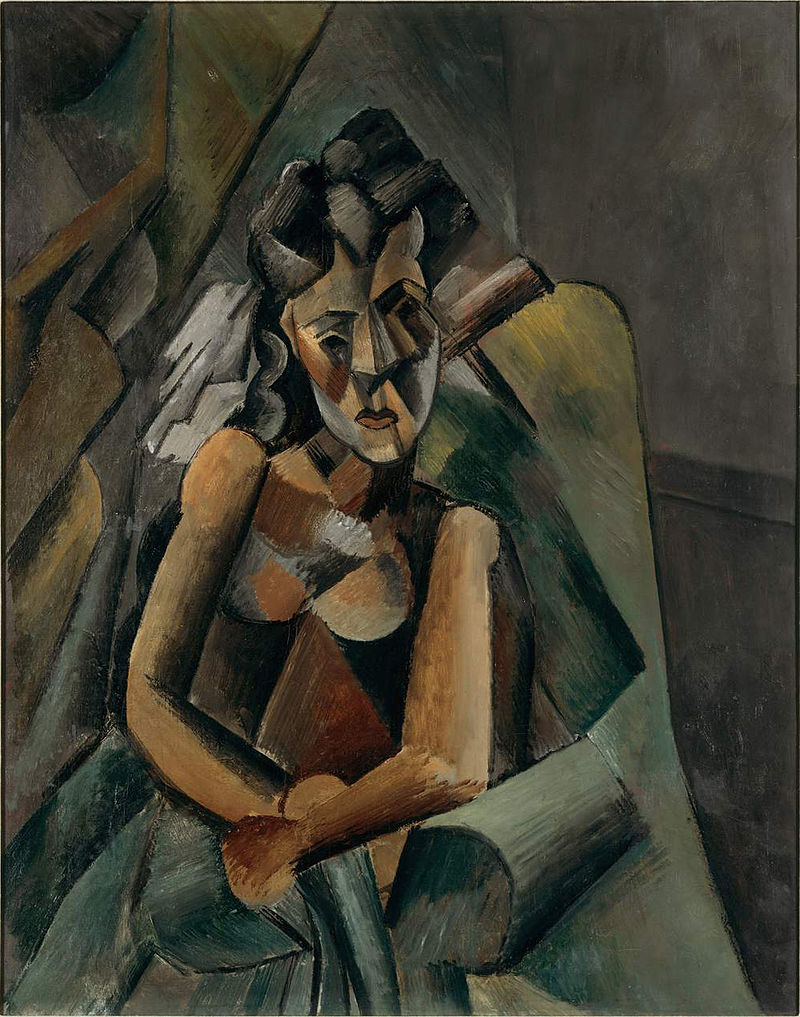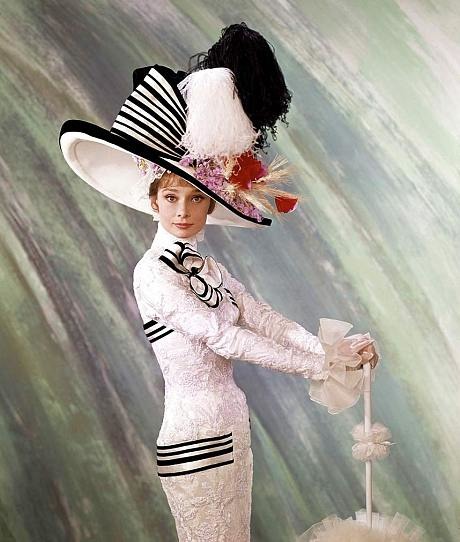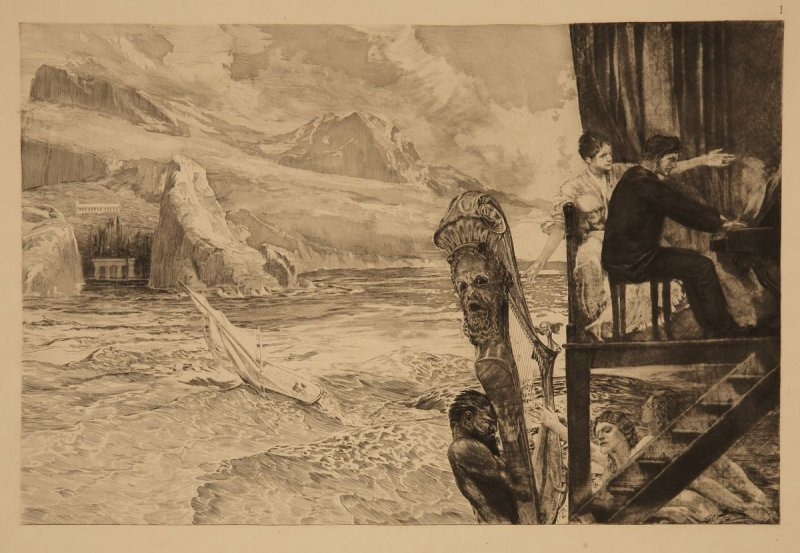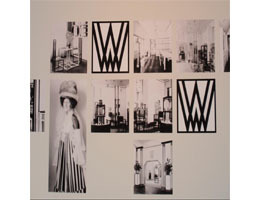When we think of Marc Chagall and opera, we think first of the wonderful murals he created for the Metropolitan Opera in New York and the Paris Opera. Born in Russia in 1887, Chagall was largely self-taught due to the
Miscellaneous
The Russian illustrator Ivan Yakovlevich Bilibin took his love for Russian folklore into his designs for the stage, creating clear, finely edged sets. His first illustrations were commissioned by the Russian government for a series of Russian folk story books.
When you look at everything that the Spanish artist Pablo Picasso (1881-1973) was involved with, you have to cover most of the fine arts and then add a good slog of literature. He was a painter, sculptor, printmaker, ceramicist, and
When we think of the artist Cecil Beaton, we think, perhaps, of two things: his photographs and his designs for the Broadway and film productions of My Fair Lady.
In my last article I discussed Čiurlionis’ genius, single-handedly introducing Symbolism to his native Lithuania. Alexander Scriabin (1872-1915) in contrast, lived and worked within well-established artistic traditions in Russia, in which the various avant-garde movements in music and art from
Between the orbits of the planets Mars and Jupiter lays a vast region of space occupied by numerous irregularly shaped celestial bodies. Known as asteroids and minor planets, this so-called asteroid belt was formed by violent primordial collisions. Scientist have
Later mythologized as a true Italian, Giuseppe Verdi was born on October 10, 1813 in Busseto as a French subject, which seems to have disturbed him enough to lead him to represent that he had in fact been born in
In many of Wagner’s theoretical writings, such as “Die Kunst und die Religion” (Art and Religion – 1849), “Das Kunstwerk der Zukunft” (The Artwork of the Future – 1849) and “Oper und Drama” (Opera and Drama – 1852), the concept

